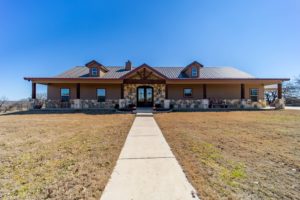
These cosmetic features do not raise a home’s appraised value, says David Morgan, a Dallas-Fort Worth area broker and Certified General Appraiser with 35 years of experience in residential and commercial real estate.
“As an appraiser, you’d look at homes that sold with a simple gazebo and ones that sold without, and chances are there’s not any difference in the sales price,” he says.
Site improvements, such as an accessory dwelling unit or an outdoor living area with kitchen, can add value. Clients should not expect a dollar-for-dollar return on their investment, Morgan warns.
“I’ve seen people put in a $50,000 outdoor living area in a $200,000 neighborhood and expect to get $50,000 more when they go to sell it, and it’s not there. It’s an over-improvement. You paid more for it than the market will recognize in the value increase,” he says.
Swimming pools are the classic example of an over-improvement, Morgan says. “You put in a $60,000 pool in a $300,000 neighborhood and it increases the value maybe $20,000 or $25,000.”
The market value of these improvements matters because deals can be at risk if the property is appraised below the asking price. Depending on the contract, the buyer can back out of the deal or negotiate a different price. Buyers can also find another lender and appraiser, which Morgan says is not uncommon.
That said, not all site improvements or cosmetic updates add value, but most add marketability, Morgan says. “That means it makes it easier to sell because buyers like it, which usually results in less time on the market. However, it’s wiser to remodel or update kitchens and bathrooms than build a gazebo or a fancy mural. That’s where real value is added,” he says.
https://www.texasrealestate.com/members/posts/how-improvements-affect-value/








